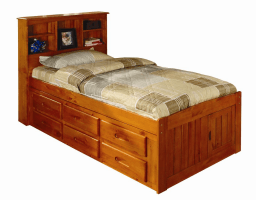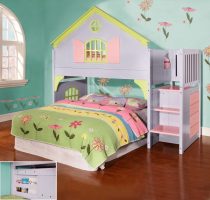Colors and Shades in Kids’ Home Décor
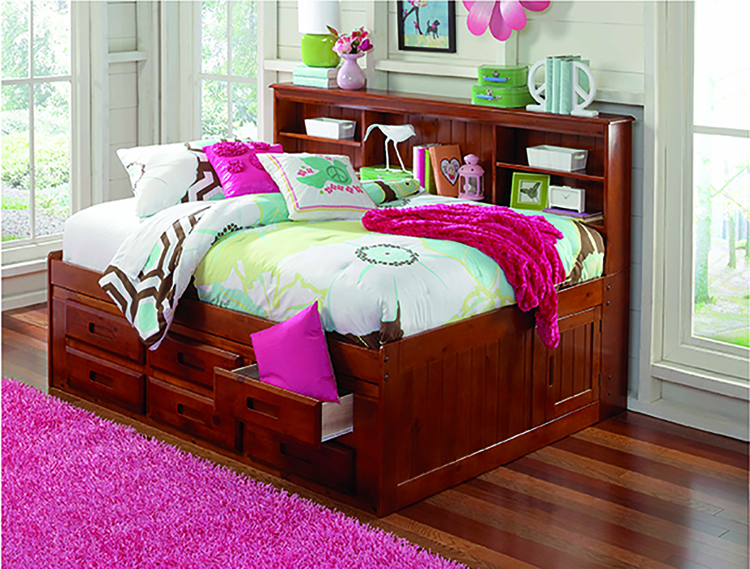
Colors play an important role in kids’ home décor as they can impact a child’s mood and behavior. It’s important to choose colors that not only look great but also promote a positive and uplifting atmosphere. Shades can also affect the way a room looks, feels, and functions. Here, we will discuss the importance of colors and shades in kids’ home décor and how to choose the right ones.
Colors can evoke certain emotions and have an impact on our psyche. For example, bright colors like red and orange are known to stimulate energy and excitement, while softer colors like blue and green promote calmness and relaxation. When it comes to kids’ rooms, it’s important to choose colors that promote a positive and happy atmosphere.
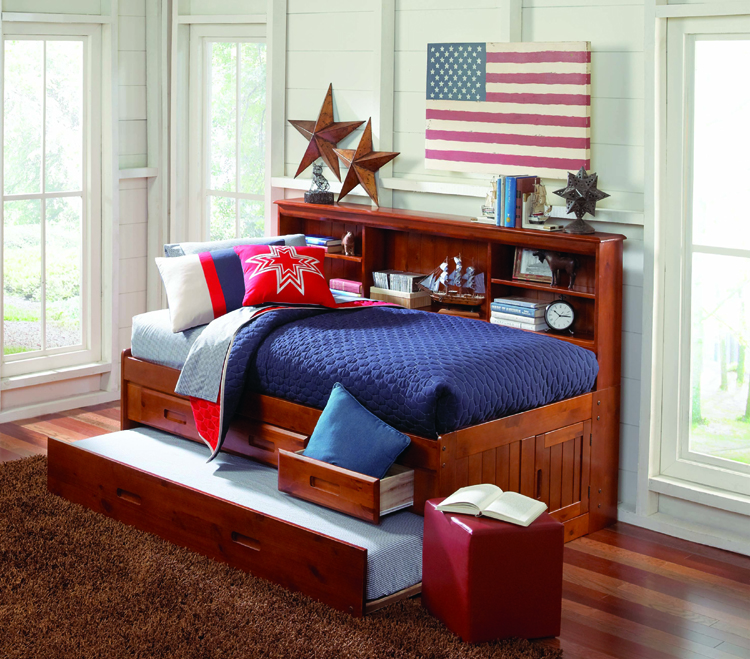
One of the most popular colors for kids’ rooms is blue. Blue is associated with calmness and relaxation, making it a perfect choice for a child’s bedroom. Soft shades of blue can promote a sense of tranquility and peace, while brighter shades can evoke excitement and energy. Blue can be paired with a range of other colors, such as green, pink, and yellow, to create a vibrant and fun space for kids.
Another popular color for kids’ rooms is pink. Pink is often associated with femininity and sweetness, making it a great choice for a little girl’s room. Light shades of pink can create a calm and soothing atmosphere, while brighter shades can be energizing and fun. Pink can be paired with a range of other colors, such as white, gray, and purple, to create a stylish and modern space.
Green is another great color for kids’ rooms. Green is associated with nature and can promote a sense of tranquility and calmness. Light shades of green can create a soothing and relaxing atmosphere, while brighter shades can be fun and playful. Green can be paired with a range of other colors, such as blue, yellow, and white, to create a fresh and modern space for kids.
Yellow is a popular color for kids’ rooms as it is associated with happiness and optimism. Bright shades of yellow can create an energizing and uplifting atmosphere, while softer shades can be calming and relaxing. Yellow can be paired with a range of other colors, such as gray, white, and blue, to create a cheerful and inviting space for kids.
When it comes to shades, they can have a significant impact on the way a room looks and feels. Darker shades can create a cozy and intimate atmosphere, while lighter shades can make a room feel bright and spacious. When choosing shades for a child’s room, it’s important to consider the size of the room and the amount of natural light it receives.
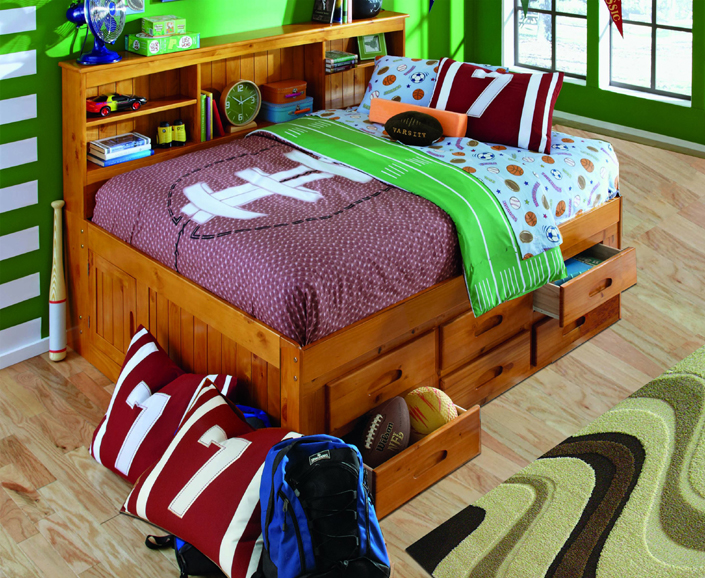
For smaller rooms, lighter shades are often a better choice as they can make the room feel more spacious. Lighter shades of blue, green, pink, and yellow are great options for smaller rooms as they can create a sense of openness and airiness. In larger rooms, darker shades can be used to create a cozy and intimate atmosphere. Darker shades of blue, green, pink, and yellow can add depth and dimension to a larger room, creating a warm and inviting space.
It’s important to consider the overall style and theme of a child’s room when choosing colors and shades. For example, a room with a nautical theme might incorporate shades of blue and white, while a room with a princess theme might incorporate shades of pink and purple. The colors and shades used in a child’s room should reflect their personality and interests, creating a space that they will love and feel comfortable in.
In conclusion, colors and shades play an important role in kids’ home décor. They can impact a child’s mood and behavior, creating a positive and uplifting atmosphere. When choosing colors and shades for a child’s room, it’s important to consider the overall style and theme.

